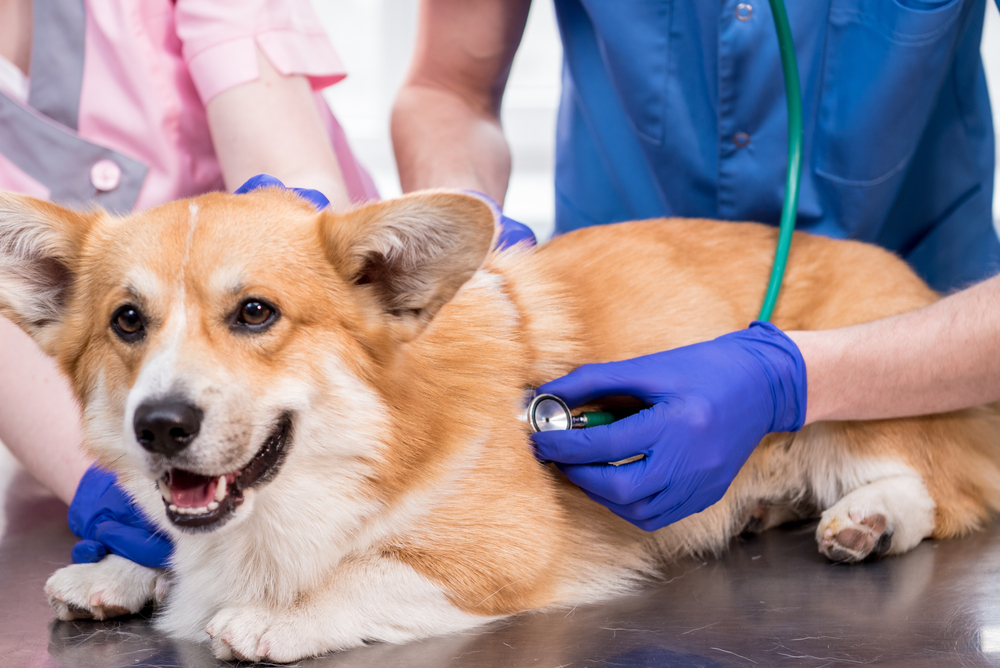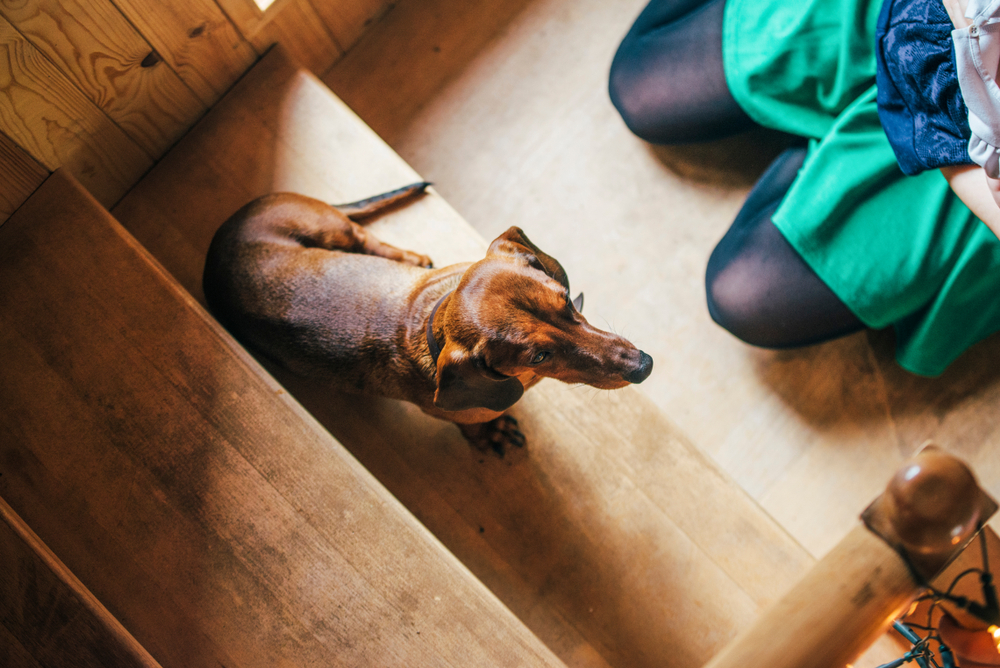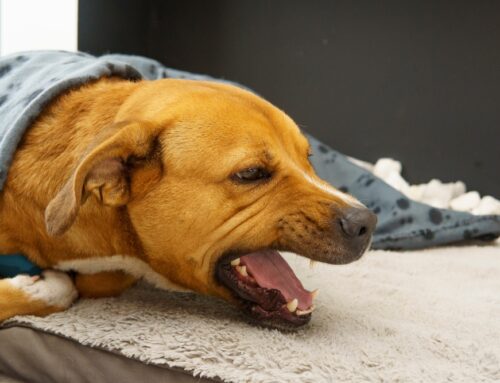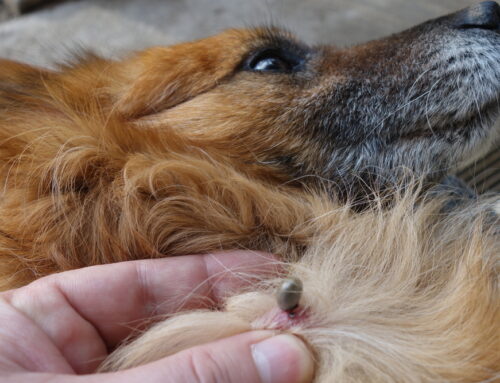Dachshunds, Welsh corgis, and Basset hounds are definitely adorable, with their too-short legs in comparison with their body size and seemingly endless body length. However, these breeds’ elongated proportions increase their spinal issue risk. These breeds are especially predisposed to developing intervertebral disc disease ([IVDD] i.e., slipped disc), a common and painful condition that can have serious, life-altering consequences. Your pet’s IVDD diagnosis can be scary. However, our Oliver Animal Hospital team is here to give you peace of mind by ensuring you have essential IVDD information. Learn about IVDD’s signs, diagnosis, and treatments.
What is intervertebral disc disease in pets
Several small spinal bones (i.e., vertebrae) protect your pet’s fragile spinal cord. Discs between each vertebra cushion spinal movement. IVDD occurs when a disc deteriorates and presses on the spinal cord. Three IVDD types can affect pets:
- Type 1 — Hansen type 1 disc disease commonly occurs in chondrodysplastic (i.e., short-legged) dog breeds such as dachshunds, corgis, basset hounds, beagles, and other breeds who have disproportionately short and curved limbs. IVDD occurs when a disc’s jelly-like inner nucleus becomes mineralized, extrudes through the fibrous outer layer, and puts pressure on the spinal cord or nerves that exit the spinal cord.
- Type 2 — Hansen type 2 disc disease is similar to humans’ disc disease, and is more likely to occur in non-chondrodystrophic pets than type 1 IVDD. Type 2 IVDD is a slower degeneration process and occurs when a disc’s fibrous outer layer breaks down, allowing the inner and outer disc components to compress the spinal cord.
- Type 3 — Hansen type 3 disc disease (i.e., high-velocity low-volume disc disease) occurs suddenly, and is often attributed to an injury associated with heavy exercise or trauma. Fortunately, with rehabilitation and physiotherapy, most pets with type 3 IVDD recover without surgical intervention.
Intervertebral disc disease signs in pets
IVDD signs may vary based on the condition’s severity and the affected vertebral section, but to alleviate your pet’s pain and ensure a successful recovery, recognizing their condition early is important. IVDD signs may include:
- Holding the neck low
- Unable to fully lift the head
- Neck or back pain
- Weak, uncoordinated limb movement
- Limping on one or both front limbs
- Urinary incontinence
- Panting or shivering
- Difficulty breathing
- Hunched back
- Stiffness
- Paralysis
IVDD is an emergency that your veterinarian should address as soon as possible. If your pet has a severe IVDD case, they can suffer a loss of pain perception and become permanently paralyzed.
Intervertebral disc disease diagnosis in pets

If your pet shows IVDD signs, your veterinarian will perform a thorough physical exam to pinpoint the specific painful spinal location, making a definitive IVDD diagnosis through advanced spinal imaging. However, your veterinarian may perform additional screenings and blood work to identify abnormalities and exclude other pain causes. Imaging will include:
- X-rays — Your veterinarian uses X-rays to identify disc degeneration or calcification, and other bone lesions such as cancers or infections. However, because the spinal cord does not appear on X-rays, this imaging method cannot definitively diagnose IVDD.
- Magnetic resonance imaging (MRI) — An MRI is most effective for diagnosing your pet’s IVDD, because the image details all spinal structures and identifies the spinal cord’s degree of compression and the side affected.
Intervertebral disc disease treatment in pets
IVDD can be treated medically or surgically, depending on the condition’s severity. Your veterinarian may recommend the following:
- Medical treatment — Conservative management (i.e., nonsurgical treatment) requires three to four weeks’ crate rest or confinement to prevent extraneous movement—running, jumping, or playing roughly—that could further damage your pet’s spine. To ensure your pet remains comfortable and relaxed during medical treatment, your veterinarian may prescribe pain medications and sedatives.
- Surgery — If your pet’s IVDD does not respond to conservative management or they are experiencing partial paralysis, surgical intervention is usually necessary to remove the herniated disc material and relieve their spinal cord pressure. Most pets are hospitalized for three to seven days after surgery, and recovery typically takes about three to six weeks.
Pets with IVDD have a better prognosis if they receive veterinary care as soon as they exhibit this condition’s signs. If you suspect your pet has IVDD, schedule an appointment with our Oliver Animal Hospital team to provide effective veterinary care, and to help your furry friend get back on their four feet.







Leave A Comment